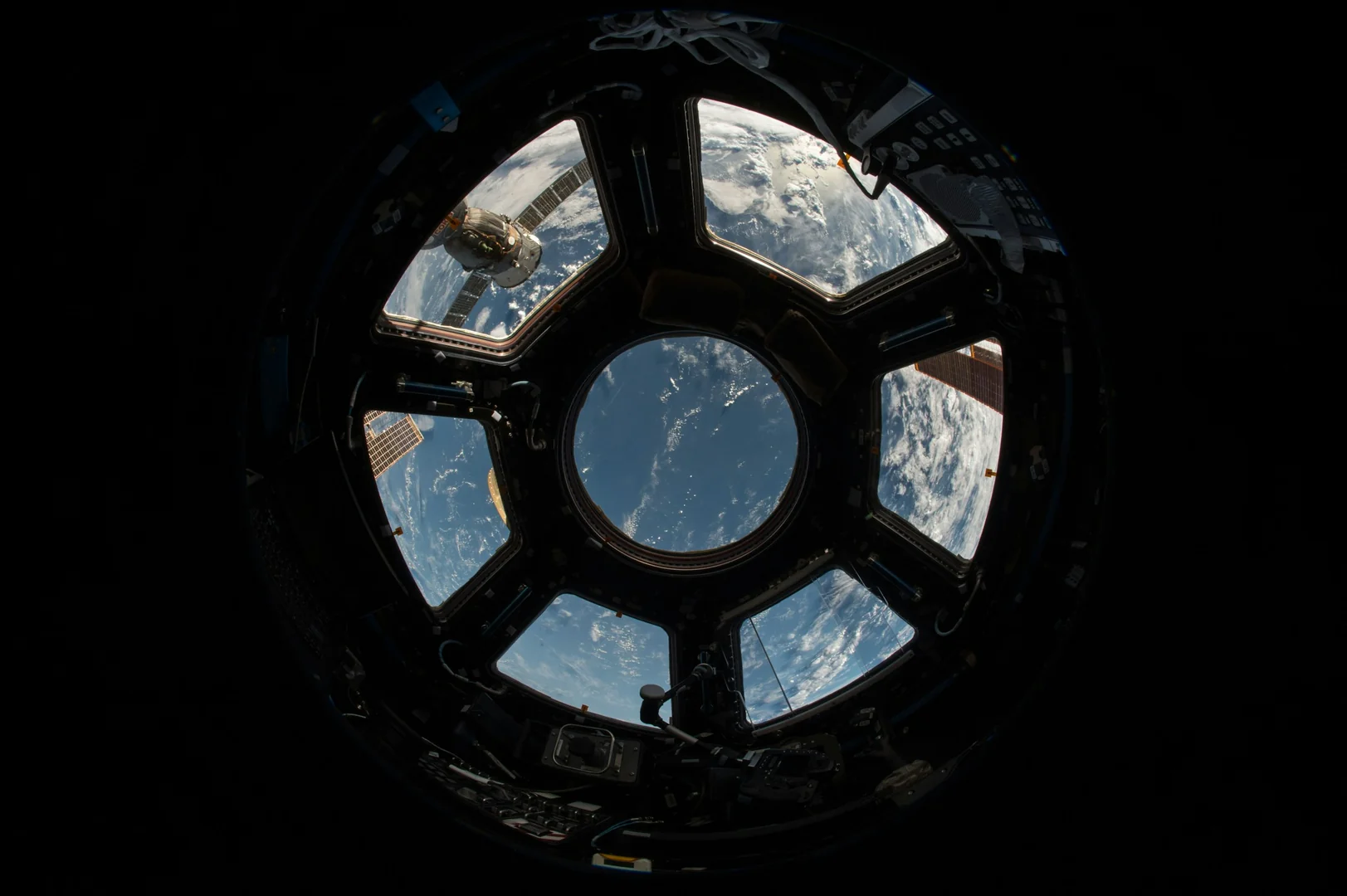When astronauts face critical decisions aboard the International Space Station or during future lunar missions, they need instant access to vast technical knowledge—but communication delays with ground control can be life-threatening. CNES, France’s national space agency, partnered with Draft’n run to create an autonomous AI assistant that empowers astronauts with immediate, reliable guidance in mission-critical scenarios.
Background
CNES (Centre National d’Études Spatiales) is preparing for the next generation of space exploration, where astronauts will operate with unprecedented autonomy during missions to the ISS, Moon, and eventually Mars. In these environments, astronauts must navigate complex procedures, safety protocols, and equipment diagnostics while managing communication delays or complete blackouts with ground control.
The challenge was enormous: how do you compress decades of technical documentation, emergency procedures, and operational knowledge into a system that can provide instant, accurate guidance when every second counts?

Challenges
CNES faced multiple critical constraints that traditional AI solutions couldn’t address:
Mission-Critical Reliability: Astronauts need 24/7 access to accurate information with no room for error. A wrong answer during an emergency could be catastrophic.
Complete Offline Operation: Space missions require standalone systems with no internet connectivity. The AI had to function entirely offline while maintaining high performance.
Resource Constraints: Power consumption and processing capabilities are severely limited in space environments, requiring highly optimized AI models.
Complex Documentation: The system needed to process thousands of technical documents, procedures, safety protocols, and equipment manuals while understanding context and providing precise answers.
Multimodal Interface: Astronauts needed both voice interaction (hands-free during procedures) and visual displays of technical diagrams and schematics.
Strategy
CNES chose Draft’n run’s platform for its unique combination of transparency, control, and production-grade capabilities:
Open-Source Advantage: Complete control over the AI system without vendor dependencies—critical for space missions where every component must be fully understood and controllable.
Visual Development: CNES engineers could design and test complex AI workflows using Draft’n run’s visual interface, enabling rapid iteration and validation of mission scenarios.
Comprehensive Observability: Full tracing and monitoring capabilities allowed the team to understand exactly how the AI made decisions—essential for mission-critical applications.
Offline Deployment: Draft’n run’s self-hosted architecture enabled complete offline operation while maintaining enterprise-grade performance and reliability.
Execution
Using Draft’n run’s platform, CNES built a sophisticated AI assistant with multiple specialized components:
Document Processing Pipeline: The team created workflows to ingest and process thousands of technical documents, automatically chunking and indexing procedures for optimal retrieval.
RAG-Powered Knowledge Base: Advanced Retrieval-Augmented Generation workflows ensured the AI always grounded its responses in verified documentation rather than generating potentially incorrect information.
Voice-First Interface: Integrated speech recognition and synthesis components allowed hands-free operation during critical procedures.
Visual Display System: Connected the AI to display systems that could show technical diagrams, procedural steps, and equipment schematics alongside text responses.
Fallback Mechanisms: Built redundant pathways and confidence scoring to ensure the system could gracefully handle edge cases or uncertain scenarios.
Results
The deployment exceeded all expectations, delivering transformational results for space mission operations:
90% Immediate Accuracy: The AI assistant achieved 90% accuracy on immediate responses to complex technical questions—surpassing human baseline performance for routine inquiries.
Universal Adoption: Astronauts and ground teams embraced the system enthusiastically, reporting it as “reliable and fast” in real mission scenarios.
Operational Efficiency: Mission procedures became more streamlined as astronauts could access information instantly rather than searching through documentation or waiting for ground communication.
Training Acceleration: New astronauts could get up to speed faster, using the AI as an intelligent tutor for complex procedures and protocols.
Future Mission Readiness: CNES validated the technology for use in increasingly autonomous missions, from ISS operations to lunar bases and eventual Mars exploration.

Conclusion
The CNES AI assistant demonstrates the transformative potential of production-ready AI in the most demanding environments imaginable. By leveraging Draft’n run’s open-source platform, CNES achieved complete control and transparency while delivering mission-critical reliability.
This success story showcases how Draft’n run empowers organizations to build sophisticated AI systems that meet the highest standards of safety, reliability, and performance. As CNES prepares for humanity’s next giant leaps in space exploration, their AI assistant will be there—ensuring astronauts have the knowledge and guidance they need, whenever and wherever they need it.
The project paves the way for autonomous operations in space and validates Draft’n run’s vision: sophisticated AI capabilities should be accessible, transparent, and completely under your control.
